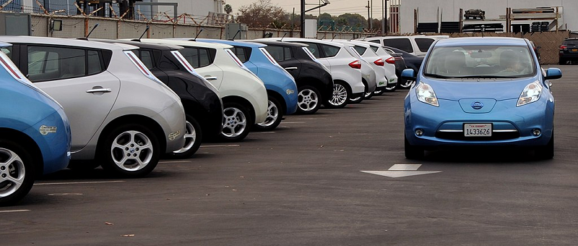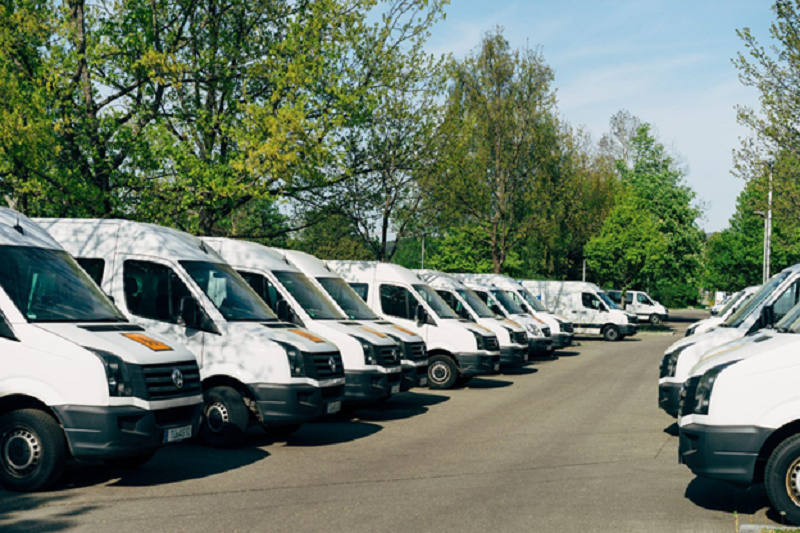How Can Small Businesses Build Sustainable Company Fleets? – Innovation & Tech Today

Building and optimizing a company’s fleet of vehicles is a very big decision. It’s an expensive overhead cost that not only serves a needed function but also demonstrates the values of a company.
However, as sustainable travel becomes more popular, it stands to not only show the values of your business, but it may also save you more money in the long run.
Let’s explore how small businesses today are building their company fleets in a sustainable, progressive, and affordable way.
The Goal of Fleet Management

A few of the primary goals that fleet managers strive to achieve are:
● Building sustainable, repeatable, and affordable business practices regarding transportation.
● Complying with legislation, initiatives, and guidelines.
● Reducing the impact of fuel emissions on the environment.
Among others, these goals are what commonly motivate companies to achieve better modes of logistics. The win-win-win scenario that forward-thinking business owners hope for is a smaller carbon footprint with equal or better productivity at equal or lower financial costs.
In addition, the incentives to shift fleets to electric vehicles (EVs) are growing as an outcome of rising oil costs and initiatives to consume clean energy to maintain clean air in metropolitan areas.
Electric Vehicle Accessibility and Adoption
Part of the hindrance to shifting internal combustion engine vehicles (ICE vehicles) over to EVs is the lesser availability of charging stations as opposed to traditional fuel stations.
That’s why the expansion of grid networks is so important for business leaders to recognize and support. Shared grid networks that are mutually available to partnered groups can create an infrastructural base for companies to make the shift comfortably with a lower risk of logistical hurdles.
Another concern with the adoption of EV fleets is the time-consuming nature of recharging long-distance vehicles. Older EVs couldn’t accommodate Level 3 charging, which is essentially a fast-charging capability. Now that Level 3 charging is becoming more standard, it’s allowing distance EVs to travel further distances in less time.
Smart Cars

Kevauto via Wikimedia
The trouble for many small businesses, however, is that it’s expensive to replace an entire fleet of company-owned vehicles with electric ones. Although it’s important to make strides in this department as a small business, it may be more feasible to invest in smart technology or smart cars.
Smart or automated cars can be more sustainable by providing faster navigation in the first place and sending data back and forth with other vehicles. Through this data transmission, smart cars are able to find more efficient paths and routes, and your company will expend fewer greenhouse gasses. These cars also come with GPS-tracking systems for you to utilize to make sure your products are received on time.
Simultaneously, smart or automated fleets are safer — reacting to quickly changing traffic lights, crashes, and pedestrians. These vehicles are also able to send data to other vehicles on the road to prevent more accidents.
By utilizing this technology within your fleet management processes, you’re not only making your business greener, but you’re making the streets a safer place.
Examples of Sustainable Fleet Management
Businesses are already building an infrastructural landscape that is conducive to EV adoption. In the case of Siemens Smart Infrastructure and Volta Trucks, the two companies have partnered to equip the areas they service with the requirements needed to cohesively transform their fleets into fully electric vehicle fleets.
Progressive organizations can also implement shared vehicle accessibility controls via tools like keyless car sharing to monitor the use of fleet vehicles to better understand the true quantity of vehicles and drivers they need to operate comfortably at capacity.
How Will Your Company Leverage Clean Energy Fleets?
Not long ago, electric vehicles were perceived as an idealistic novelty, but their utility is becoming more pragmatic each year. Bloomberg projects that over 50% of all vehicles in the U.S. will be electric vehicles by 2030.
The change that President Biden is pushing for to actualize electric vehicle use is becoming more accessible to both corporations and residents. EVs are becoming more affordable, and the technology therein is getting more efficient, making EVs more of a viable and functional alternative to traditional ICE vehicles.
Consider what it would look like for your own company to shift to a sustainable fleet and the environmental preservation that can come from it.
